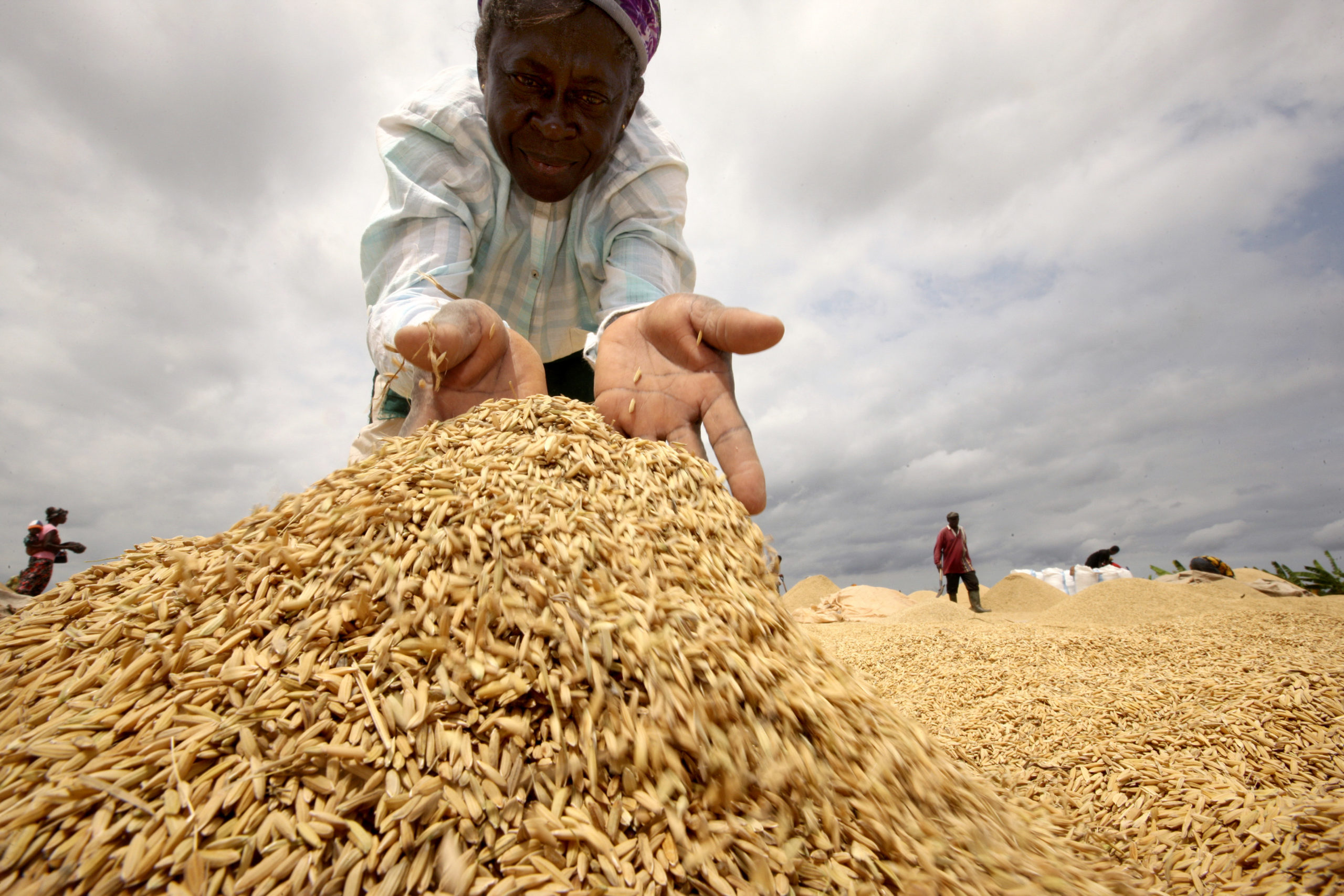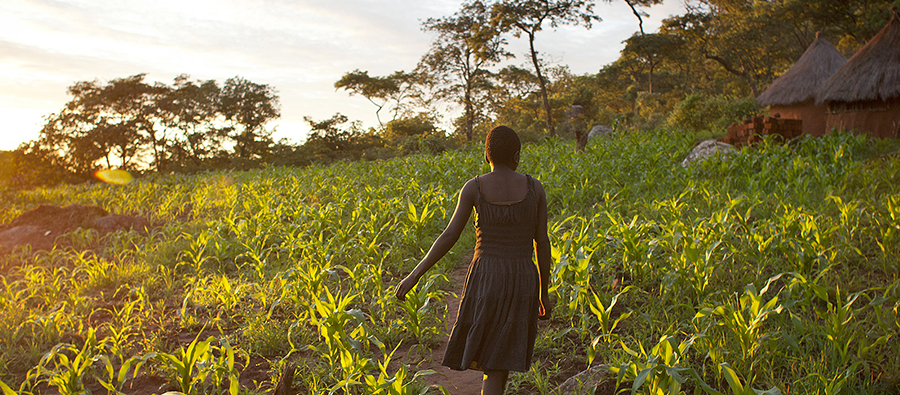The Borlaug Dialogue, happening this week in Iowa, will convene global leaders, farmers, agribusiness and development experts to address the most critical issues facing global food security. When we think of food security and nutrition, especially in Africa, a key question that comes to mind is how countries can best tackle malnutrition?
When thinking of malnutrition we can be forgiven for conjuring a vision of listless, pot-bellied children with dull eyes and skinny limbs. This sadly remains a reality in many countries across the continent with a total of 14 million children wasted – too thin for their height. But there is another form of malnutrition that is spreading silently through Africa, and it is just as dangerous: obesity.
Malnutrition is more complex than just not getting enough to eat. Obesity is another form of malnutrition that comes from expending less energy than calories consumed. It drastically increases the risk of diseases later in life. Current estimates suggest there are 10 million children under five that are overweight or obese in Africa – twice as many as in 2000. This number is predicted to continue to increase. Obesity combined with a genetic susceptibility has also vastly increased the risk of diabetes amongst adults on the continent. Startlingly, the risk that poor diet poses to health is now greater than the combined risks of unsafe sex, alcohol, drug and tobacco use.
Of course, Africa is an incredibly diverse continent. Malnutrition rates vary enormously depending on a country’s traditional dishes, work and cultural practices. For example, in Western Africa 3.6 percent of children under five years of age are overweight, while in Southern Africa it is closer to 14.6 percent.

Credit: George Osodi/ Panos
Expanding middle class
Africa now has the fastest growing middle class in the world. It has tripled over the past 30 years and is set to grow to 1.1 billion (or 42 percent of the projected population) by 2060 based on current trends. A growing economy and rapid urbanization have also led to a wealthier middle class and shifts in diet and physical activity. The middle classes tend to buy their food rather than grow it.
There has been a shift away from rural, agrarian diets where fresh food made up the majority of what people ate, to urban diets consisting largely of fast, ultra-processed food with fewer nutritional benefits. Many urban food offerings in Africa are shifting towards ‘western’ style foods. In Uganda, for example, traditional food like millet porridge with nut paste, sorghum and wild green leaves that are high in nutrition content are being replaced by white maize and cassava which are high in carbohydrates and devoid of most essential nutrients.
A new report from the Malabo Montpellier Panel, ‘Nourished: How Africa Can Build A Future Free From Hunger and Malnutrition’, highlights that is not uncommon to find under-nutrition and obesity coexisting in the same country, the same community, and even the same household. Children who are stunted – too short for their age or failing to grow physically and cognitively as a result of malnutrition – live with overweight adults, particularly women. Additionally, people who are overweight may also have nutrient deficiencies.
However, it is not all bad news. The report highlights a number of countries, including Senegal, Ghana, and Ethiopia, that have made significant progress in reducing malnutrition in its different forms. It analyses the policy decisions and institutional changes that enabled them to do this, and provides lessons to other policy makers. The research demonstrates that strong political commitment and informed policymaking can advance the battle against malnutrition in Africa.
The Panel report highlights the need to make tackling the emerging problem of obesity a priority within countries’ nutrition policies alongside their work to reduce under-nutrition and micronutrient deficiencies. It recommends that governments and corporations promote healthier diets and consumption patterns. This could be achieved through making safe and nutritious foods available at lower prices, and investing in marketing and distributing healthy foods. Ingredient labelling and enforcing safety standards can help consumers make healthier choices.
Public awareness campaigns have already had some success in the countries highlighted in the report. For example, in Rwanda the government ran a campaign that used mass media and local icons, including popular musicians, to tell people about the health problems that micronutrient deficiencies can cause and the benefits of eating and growing iron-biofortified beans.
Malnutrition undermines countries’ development and has costs beyond health into the economy, and wider society. I hope that this week in Iowa the issue of obesity will not be missing from the debate and participants of the dialogue will see the need to raise awareness and address the increasing burden of obesity in some African countries.
Farming First is the official media partner for the World Food Prize Foundation’s Borlaug Dialogue 2017. For more content from speakers and participants at the event, follow @FarmingFirst and sign up for our Daily Digest here.
Featured image: Abbie Trayler-Smith/Panos



